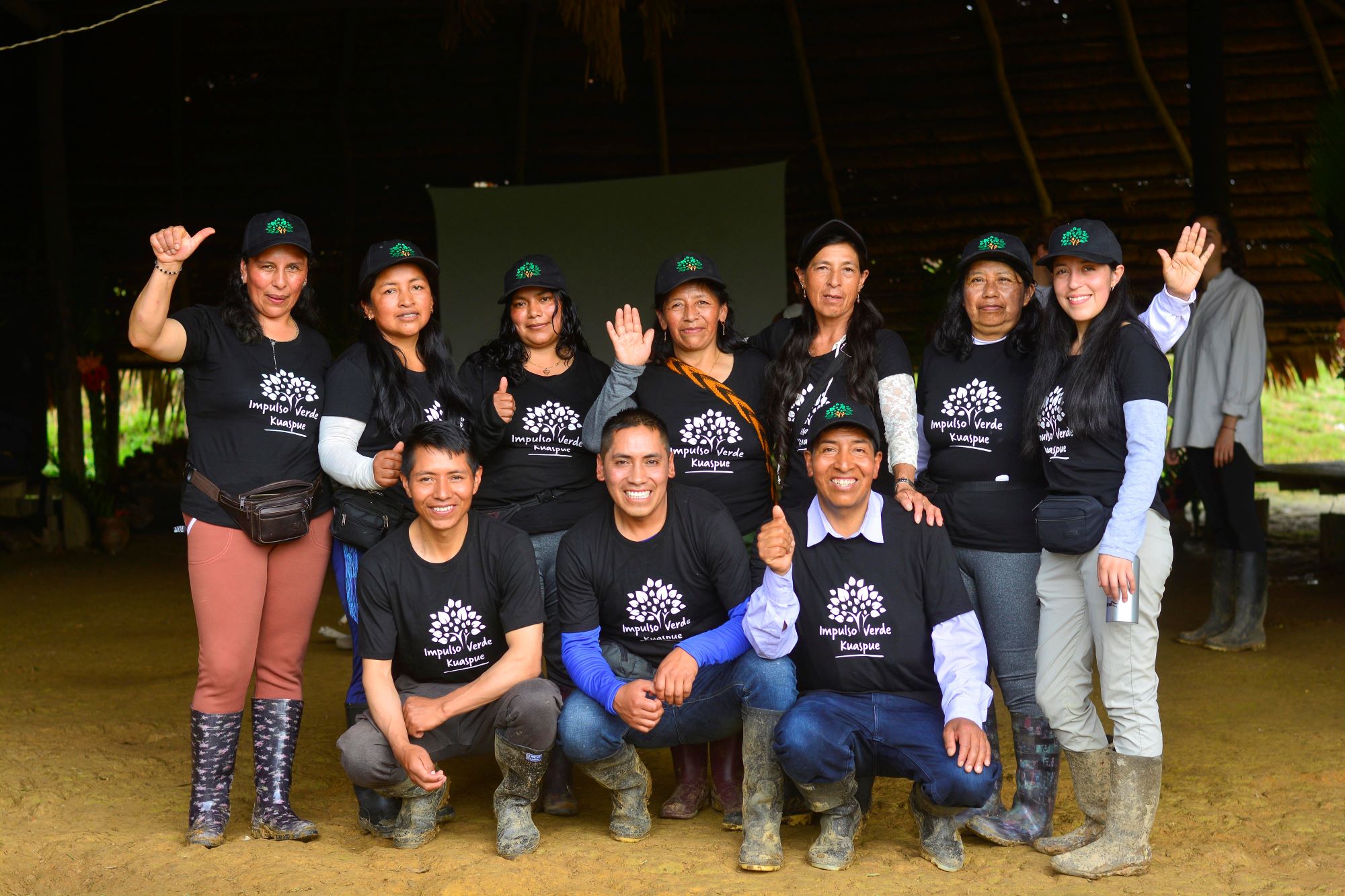
When dialogues meet:
exchange in the Amazon on reforestation
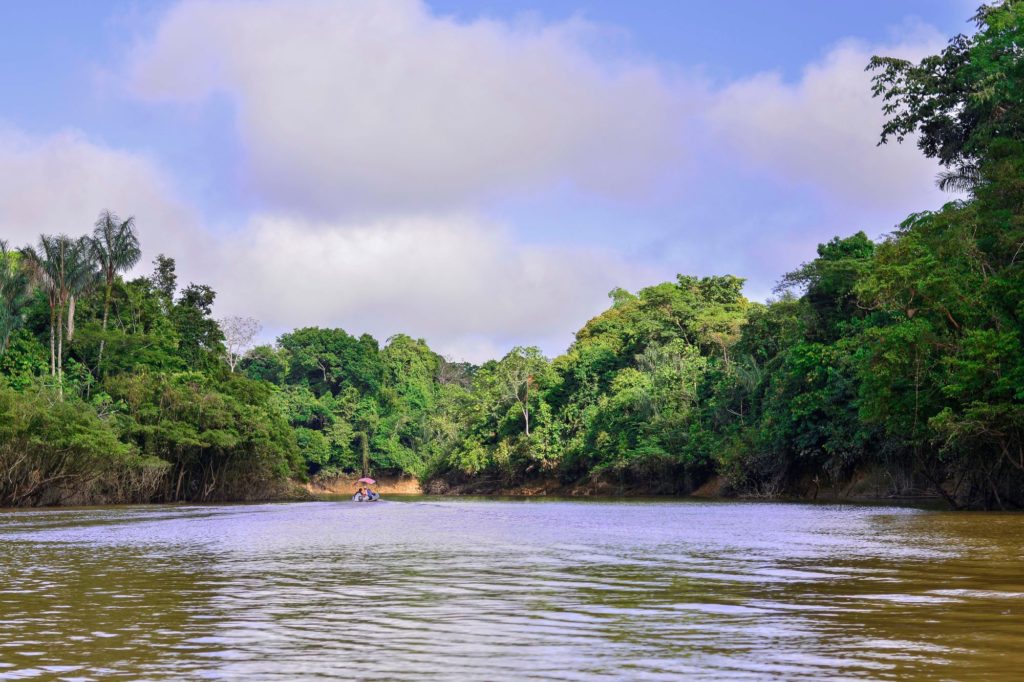
Photographs: Juan Carlos Valencia M.
Last July, three French-Colombian NGOs organized a meeting between communities from the Amazon, Caribbean and Andean regions. The objective was to exchange best practices in reforestation and biodiversity protection.
Meeting for the environment
When a farmer from the Andes in Nariño (Colombia) meets a farmer from the Amazon, what do they talk about? Stories of seeds, reforestation, the moon, mosquitoes, humidity, the jungle, cosmogony, honey, nurseries, yellow fever, dance and a thousand other things in life. The distance between Cumbal, in Nariño, and San Martín, in Amazonas, is no longer measured in kilometers, or even in hours of travel time. It is almost as if two worlds are coming together, with different beliefs, a different nature, a different temperature range and a sometimes opposite daily life. But the same obsession: to respect, protect and understand Mother Nature as well as possible.
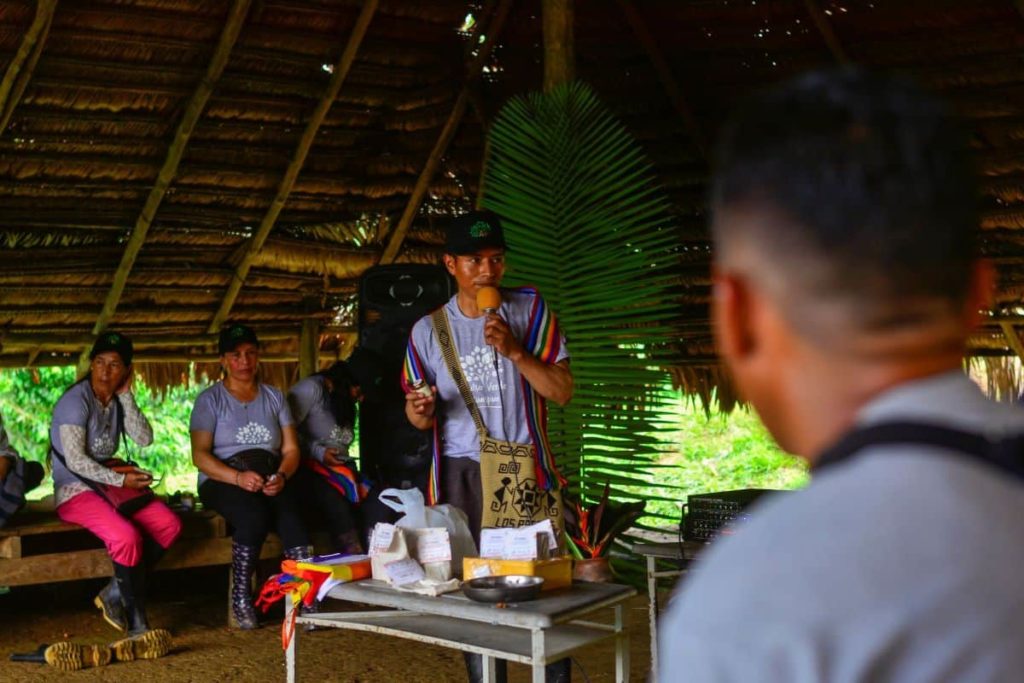
Carlos Alirio Chinguad of Impulso Verde
From the Andean region and the Caribbean to the Amazon
This meeting, which took place in July 2022, is the result of the will of three French-Colombian NGOs: Impulso Verde, Forestever and Envol Vert. All three are dedicated to reforestation, forest protection and biodiversity. Each of them works in a different region of Colombia (Andean, Amazonian and Caribbean), with different field realities, but with common concerns: they focus on the restoration of forest ecosystems while strengthening civil society with indigenous communities, Afro-descendants and/or victims and displaced people of the internal conflict in Colombia. Seeking alternatives to deforestation by supporting and networking communities is, in part, the credo of these organizations, financed mainly by France with the support of the French government. Agence Française de Développement-AFD in the lead.

Máikov Dumas of ForestEver
Knowledge sharing to protect biodiversity
Based on the principle that knowledge is shared to generate more knowledge, the idea of a series of exchanges to facilitate the circulation of information was born in 2021. The first knowledge exchange took place in November 2021 in Ovejas, Sucre, between the communities of the three regions; and the second, from July 3 to 7, 2022, in the communities of San Martín de Amacayacu and Arara, in the municipality of Leticia, in the Colombian Amazonian trapezoid.
On this occasion, the program included theoretical presentations and practical workshops, field visits and comments on nurseries, restoration of ecological corridors and projects to transform forest products into economic alternatives to deforestation. Everyone came with their own experience to share and learn from each other, both the good and the bad.
Appointment in unknown territory
This time, the meeting took place in the house of the indigenous community of San Martín de Amacayacu y Arara, the Tikuna community, whose people are the largest ethnic group in the Amazon, with more than 15,000 people. They live mainly from fishing, hunting and the cultivation of cassava, which they transform into fariña.
One of the central and vital elements of their people is the chagra, a kind of orchard where the natives grow food and plants such as yucca, plantain, aguaje or moriche, cocoa and açaí. These areas are managed on a rotational basis and when the indigenous people decide to let the land rest, they plant forest trees to ensure the availability of timber in the future.
Each chagra has cultivation periods of about four years, so when they return to a place that has been cultivated in the past, it is again fertile for a new crop cycle. This rotation model allows for a more optimized use of forest resources and the sustainability of indigenous communities.
The other central space of the community, where the exchange activities took place, was the maloca, a huge wooden and caraná construction that symbolizes the physical expression of knowledge and respect for nature. It is there, on the compressed earth floor, that the whole group, a mixture of Amazonians, Andeans, Caribbean and French, settled down to follow the various workshops of the meeting.
Workshops: learning from others
Spirituality is omnipresent in indigenous cultures, and the inauguration of the festivities could not miss this dimension. Before beginning the workshops, the Nariño group prepared a ceremony: the harmonization ritual in the name of the sun of the Pastos, an activity focused on channeling spirituality and teaching in order to prepare bodies, minds and spirits for the learning activities.
Then let’s get to work!
Workshop on economic alternatives
Finding economic alternatives to deforestation and enabling communities to sustainably use their natural resources is one of the main missions. In this workshop, the organizations Impulso Verde and Envol Vert presented the forest products they have developed with farmers in their region, such as ecological soaps, honey and guáimaro flour. The Ticunas showed visitors their plant for processing açai pulp, an Amazonian palm cultivated for its fruit, which is part of the indigenous diet and has important nutritional properties. It is used to make beverages, ice cream and various food preparations. For the Ticuna people, the cultivation of açaí is a green business that provides livelihoods for several families.
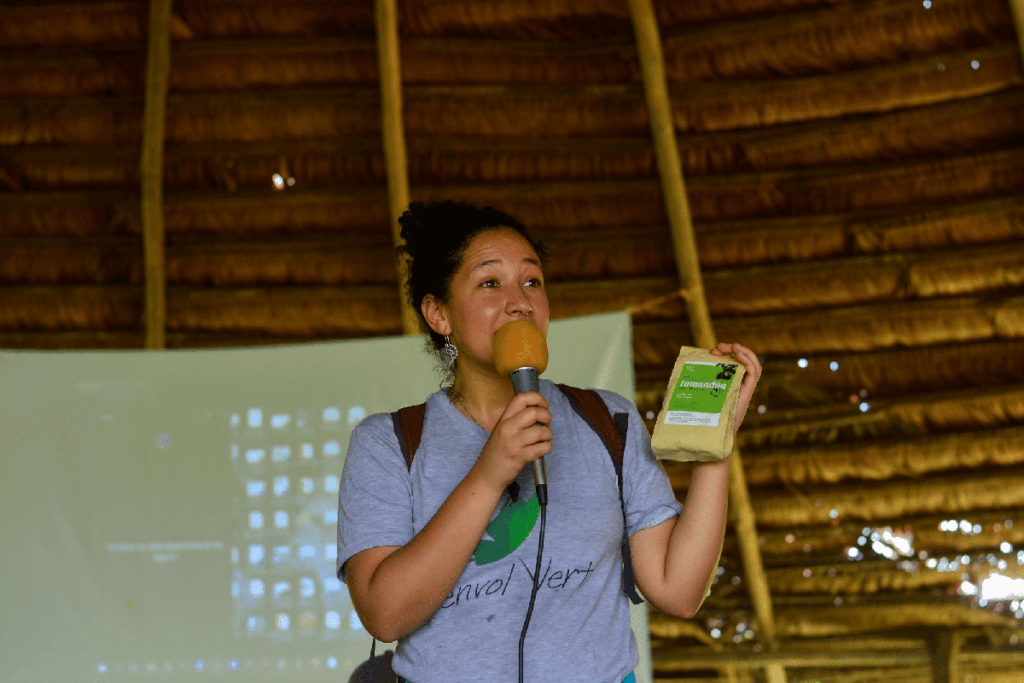
Laura Velandia of Envol Vert
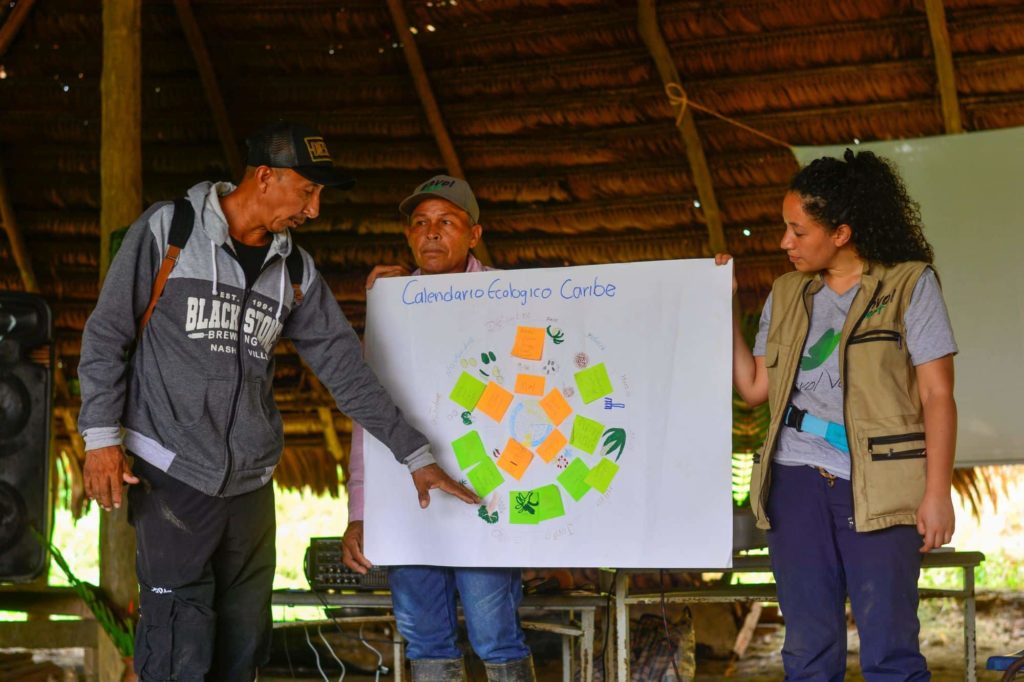
Workshop on the ecological calendar
The objective was to determine the best time to plant, sow and harvest, depending on the time of year and, in particular, the lunar calendar. Each region identified the availability of culturally cultivated species in their communities, valuable information for safeguarding ancestral knowledge and protecting the biological diversity of their places of origin. Because although the ancients knew the relationship between the cycles of the Moon and cultures, this precious knowledge tended to disappear because it was not written down or shared. Thus, each group drew their ecological calendars according to the ecosystem in which they live and the seeds they have available.
Fariña Workshop
Fariña is an ancestral food from the Amazon region. It is made from cassava and has a granular appearance: it is eaten with rice, fish, soup and even açai. During the visit to Arara, Andean and Caribbean people were able to learn about the production process of this popular food, which not only feeds Amazonian communities on a daily basis, but is also a valuable resource for the local economy. Visitors were able to see the infrastructure that has been developed to improve the fariña production process and how the community is organizing itself to strengthen this activity.
Visit to Mocagua
The Maikuchiga Foundation, in addition to carrying out processes of protection and conservation of the forest and its biodiversity and community tourism, rehabilitates primates that have been victims of hunting or illegal wildlife trade. Monkeys uprooted from their habitat arrive at their facilities and begin a process of adaptation in preparation for their future release. Visitors discovered this monkey protection center and were able to connect with the Amazon rainforest and the creatures that inhabit it.
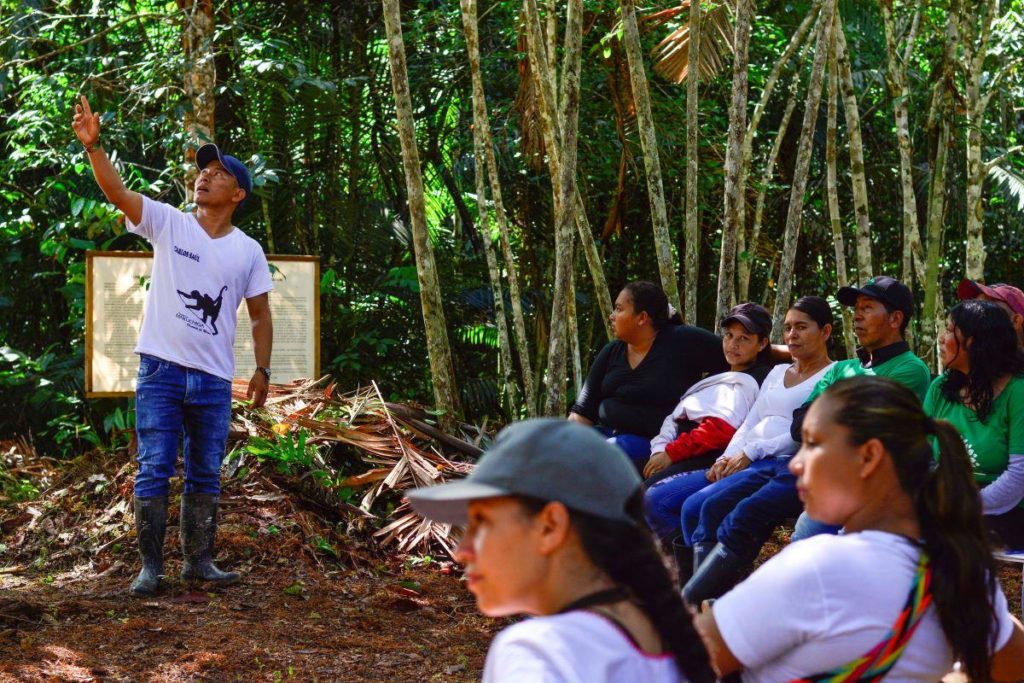
Saúl Mendoza of the Maikuchiga Foundation
Testimonial: Edwin Piarpuezan “What impressed me in the Amazon”.
The adventure was not only educational, but also human: among the twenty or so people who came from the Caribbean coast and Nariño, many had never before boarded a plane or left their region. This is not the case for Edwin, Impulso Verde’s agronomist engineer and an indigenous person of the Pasto ethnic group, and yet this total immersion in another culture had a profound effect on him.
- The ancestral part of the community, their language, their clothes, their beliefs, myths and legends. The cosmovision of the resguardo.
- The rate of plant growth and decomposition of organic matter. It is much faster than in our region, in Nariño.
- The difference between our chagras and theirs. Those of the Amazon are very extensive, they cut down trees to free up space for planting native trees and fruit trees…
- The region’s economy: they depend solely on fishing, handicrafts and, now, fruit processing (açai). They do not have any other economic line and everything is made and marketed in the same stub….
- On the day of the visit to the Maikuchiga reserve, I was surprised to see that they actually abide by the laws, rules and decrees of the indigenous community. Those who used to hunt and sell the monkeys have become their guardians and are the ones who defend and promote their conservation. It is a beautiful story.
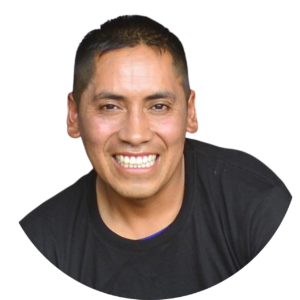
What’s next?
The next meeting will be held in November 2022 and will be led by Impulso Verde and the communities of Nariño. Visitors from the Caribbean and the Amazon will travel to the Andes, near the border with Ecuador, to learn about a region rich in ecosystems and cultural issues, also marked by the search for alternatives to deforestation.
